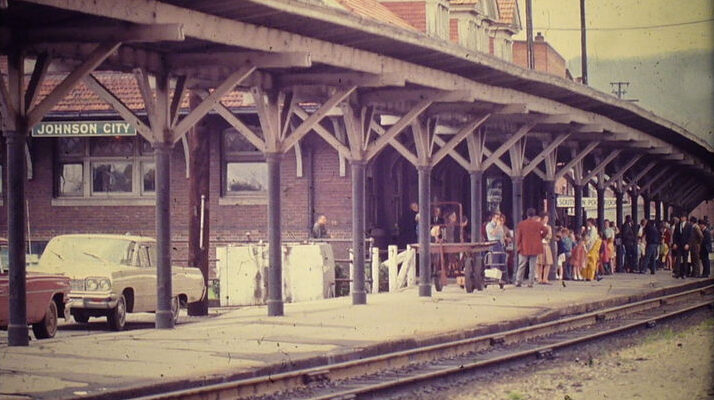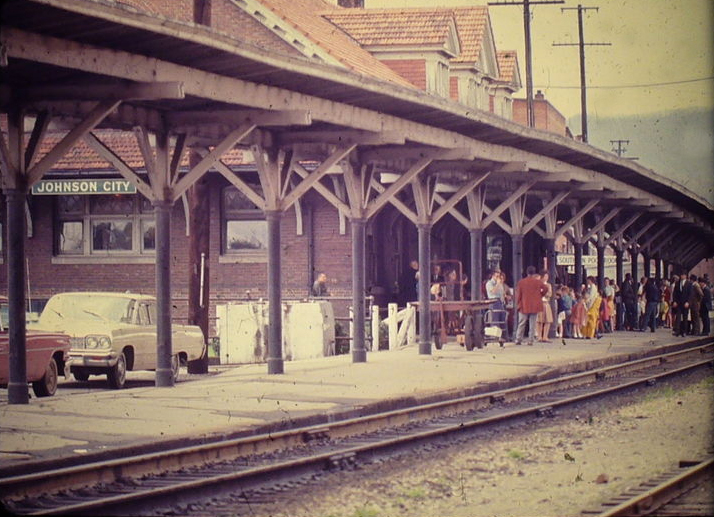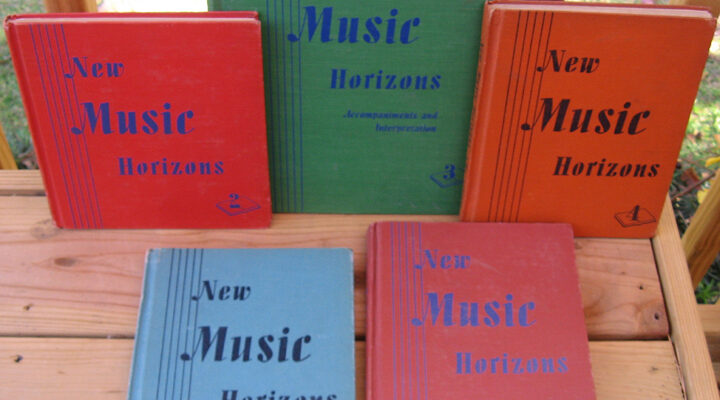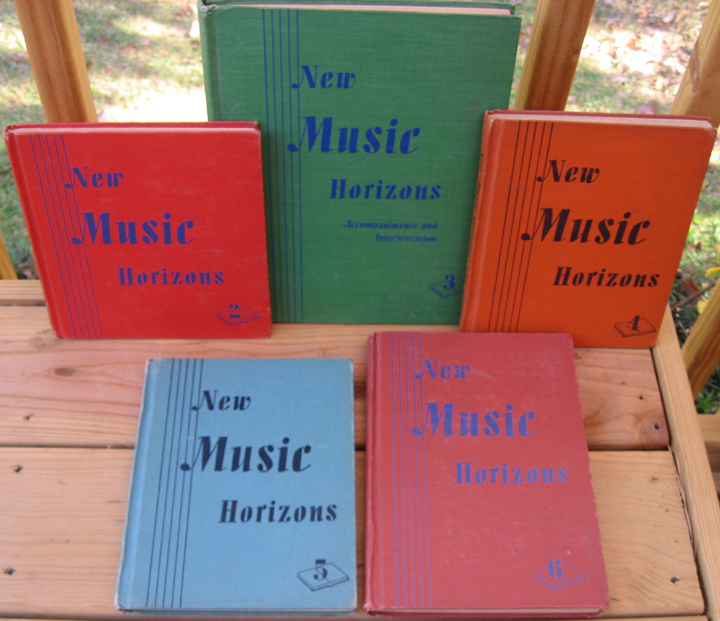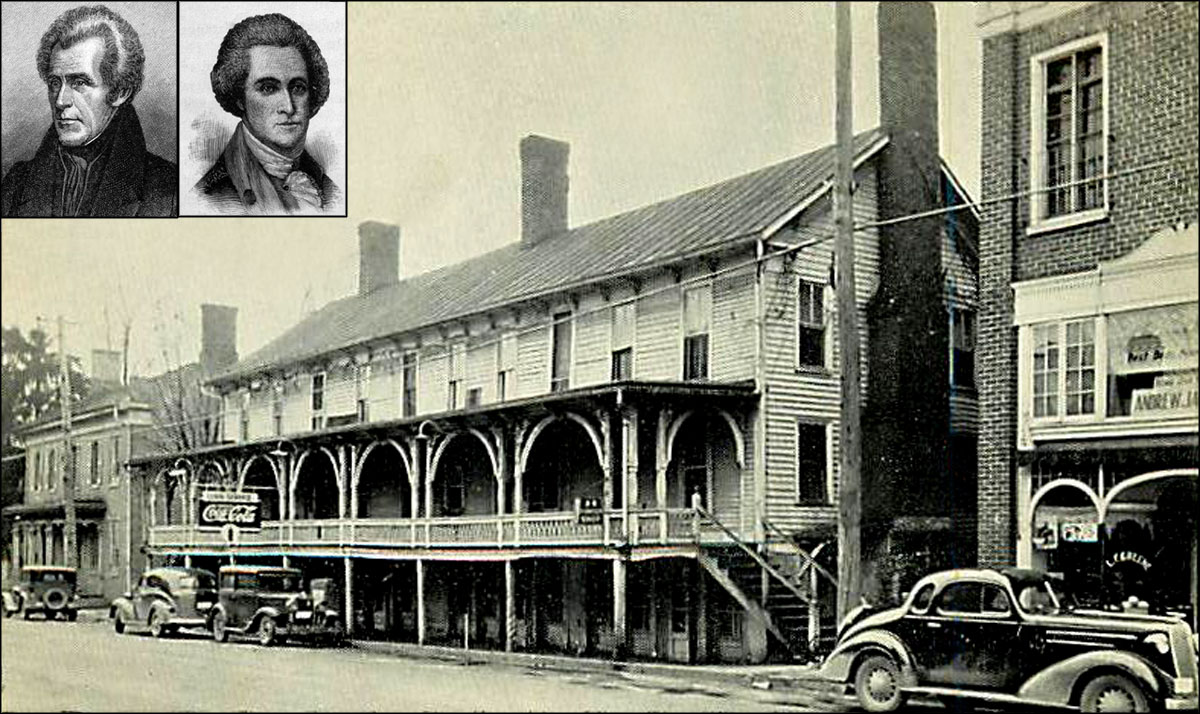Dec. 15, 1973 was a cold Saturday night in Knoxville. My wife and I, along with our friends, Allen and Charlotte Stafford, drove there from Johnson City to see the Volunteers play the Temple Owls in the Volunteer Classic. We joined 11,700 others at the Stokely Athletics Center. The temperature inside would soon get as cold as it was outside. Allen and I pooled our recollections of that night for this column.
Ray Mears’ squad consisted of Ernie Grunfeld (f), Doug Ashworth (f), Austin Clark (f) Len Kosmalski (c), David Moss (f), Bill Seale (f), John Snow (g), Wayne Tomlinson (f), Rodney Woods (g), Mike Jackson (g), David Mitchell (g), David Smith (g) and Vinnie Tracey (f).
Tennessee came into the game with impressive wins at South Florida (117-90) and DePaul (96-61). Temple brought with them three wins and one loss. Don Casey, first year Temple Coach, was concerned about his team beating Tennessee. Therefore, he devised a strategy for the match.
With 11:44 minutes into the contest with Tennessee leading 7-5, Casey made his move. He placed two of his best players about 28 feet from the goal and positioned them five feet apart. They began dribbling the ball and passing it back and forth with no attempt to throw it to anyone else or attempt to score. Ray Mears, not to be outdone by his rival, instructed his players to go to a 2-3 zone defense and stay there.
This was before the days of a shot clock. Casey’s idea was to force Tennessee to come out and try to retrieve the ball, opening up his best shooters to score. As time ensued, the crowd wondered how long this repetitiveness would continue. The fans’ demeanor quickly turned from disbelief to anger. They paid to see a competitive basketball game, not two guys passing a ball back and forth.
Despite the crowd’s constant ranting, Temple held the ball until the first half ended and exited the court to a barrage of boos. They trailed by only two points.
The second half opened with more of the same. By now, the crowd became much more vocal and hostile, tossing ice and trash onto the floor, causing game delays. Security was beefed up in the building, including positioning additional police officers behind the Temple bench.
Mears, visibly agitated by the goings on, yelled several times at the Owls to start playing real basketball. Casey responded by challenging the Vols to come out of their zone and get them. The two coaches were in a stubborn stalemate with neither one giving in.
John Ward, the “Voice of the Vols, somehow managed to keep his listeners glued to their radios that night. Surprisingly, few fans left the game early because, as boring as it was, everyone anxiously wanted to see a Tennessee win. The four us certainly had no inclination to leave.
Although Temple did not give the Vols a single shot from the field in the second half, John Snow made four free throws to preserve an 11-6 Tennessee win. Kosmalski was the Big Orange’s leading scorer with five points. Temple held the ball for about 32 minutes of the 40-minute game.
Ed Bowling, school president, instructed the Vols to play an intra-squad game to appease the crowd. The four of us moved to the center section for better seats. Most of the crowd showed little interest in an exhibition game and began a mass exit. The game was quickly cancelled.
Reportedly, when the two coaches met after the finale, Mears informed Casey that he would never be invited back to Knoxville as long as he was coach. The game would go down in Tennessee sports history as the lowest scoring college game of the modern era.
Although the NBA had a shot clock as far back as 1954, it did not infiltrate the college ranks until the 1985-86 season when a 45-second one was adopted. Eight years later, it was reduced to 35 seconds.
As a parting shot to a wasted night, I mailed our two ticket stubs to the Temple Athletic Department requesting a full refund of the “game.” I am still patiently waiting for it.
